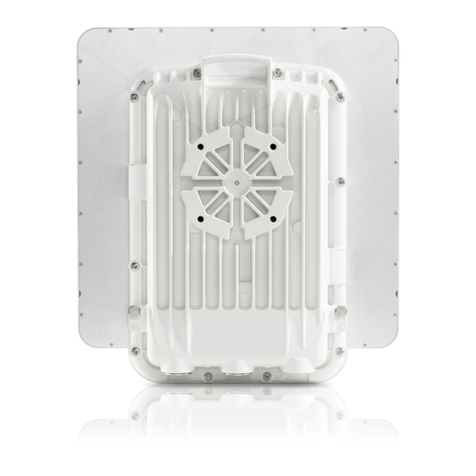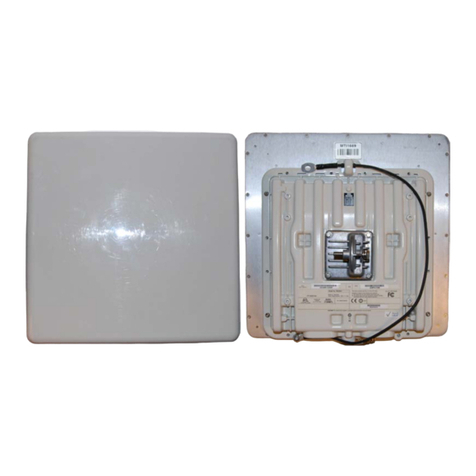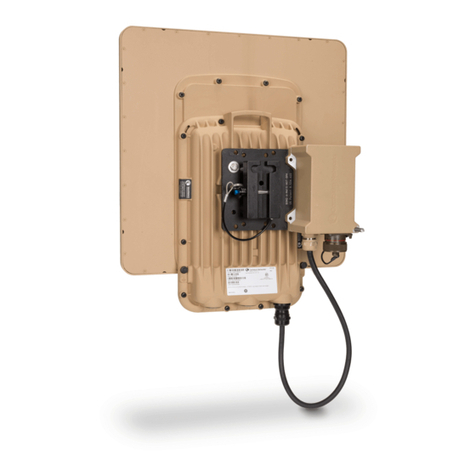Grounding and protective earth
The Outdoor Unit (ODU) must be properly grounded to protect against lightning. It is the user’s
responsibility to install the equipment in accordance with national regulations. In the USA follow
the requirements of the National Electrical code NFPA 70-2005 and 780-2004 Installation of
Lightning Protection Systems. In Canada, follow Section 54 of the Canadian Electrical Code.
These codes describe correct installation procedures for grounding the outdoor unit, mast,
lead-in wire and discharge unit, size of grounding conductors and connection requirements for
grounding electrodes. Other regulations may apply in different countries and therefore it is
recommended that installation of the outdoor unit be contracted to a professional installer.
DC supply
To power the ODU from a DC supply, use the AC+DC enhanced power injector (PSU) (Cambium
part number C000065L002). Ensure that the DC power supply meets the requirements specified
in the PTP 650 Series User Guide.
Powering down before servicing
Before servicing PTP 650 equipment, always switch off the power supply and unplug it from the
PSU.
Do not disconnect the RJ45 drop cable connectors from the ODU while the PSU is connected to
the power supply. Always remove the AC or DC input power from the PSU.
Primary disconnect device
The main power supply is the primary disconnect device. The AC-DC enhanced power injector is
fused on the DC input. Some installations will also require an additional circuit breaker or
isolation switch to be fitted in the DC supply.
External cables
Safety may be compromised if outdoor rated cables are not used for connections that will be
exposed to the outdoor environment. For outdoor copper Cat5e Ethernet interfaces, always use
Cat5e cable that is gel-filled and shielded with copper-plated steel. Alternative types of drop
cable are not supported by Cambium Networks.
Drop cable tester
The drop cable tester must NEVER be used at the ODU end connected to the power supply from
the PSU. It must only be used at the bottom of the mast with a multimeter. This is because the
PSU voltage exceeds the limit allowed in some countries for safe handling in wet conditions and
therefore may create a safety hazard.
RF exposure near the antenna
Strong radio frequency (RF) fields will be present close to the antenna when the transmitter is
on. Always turn off the power to the ODU before undertaking maintenance activities in front of
the antenna.
Minimum separation distances
Ensure that personnel are not exposed to unsafe levels of RF energy. The units start to radiate RF
energy as soon as they are powered up. Never work in front of the antenna when the ODU is
powered. Install the ODUs so as to provide and maintain the minimum separation distances
from all persons. For minimum separation distances, see the PTP 650 Series User Guide.
Page 4






























